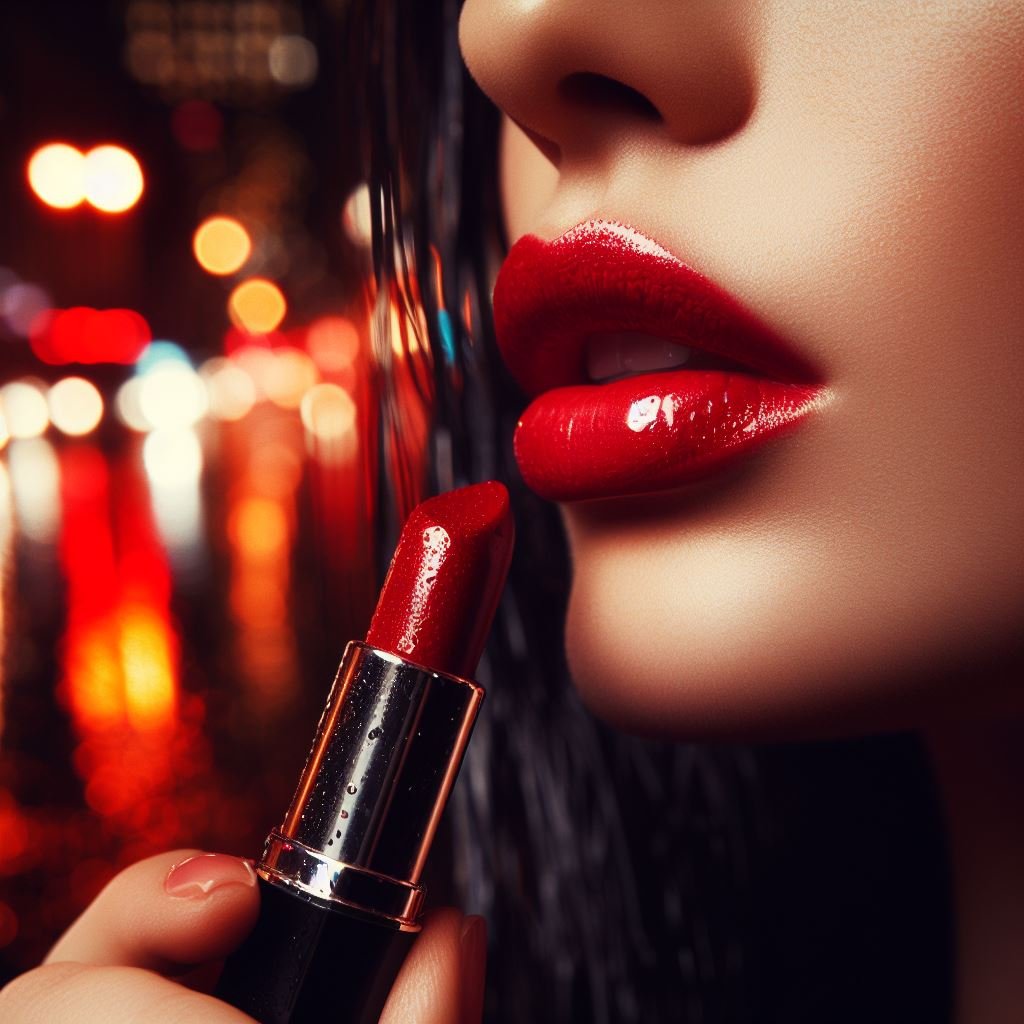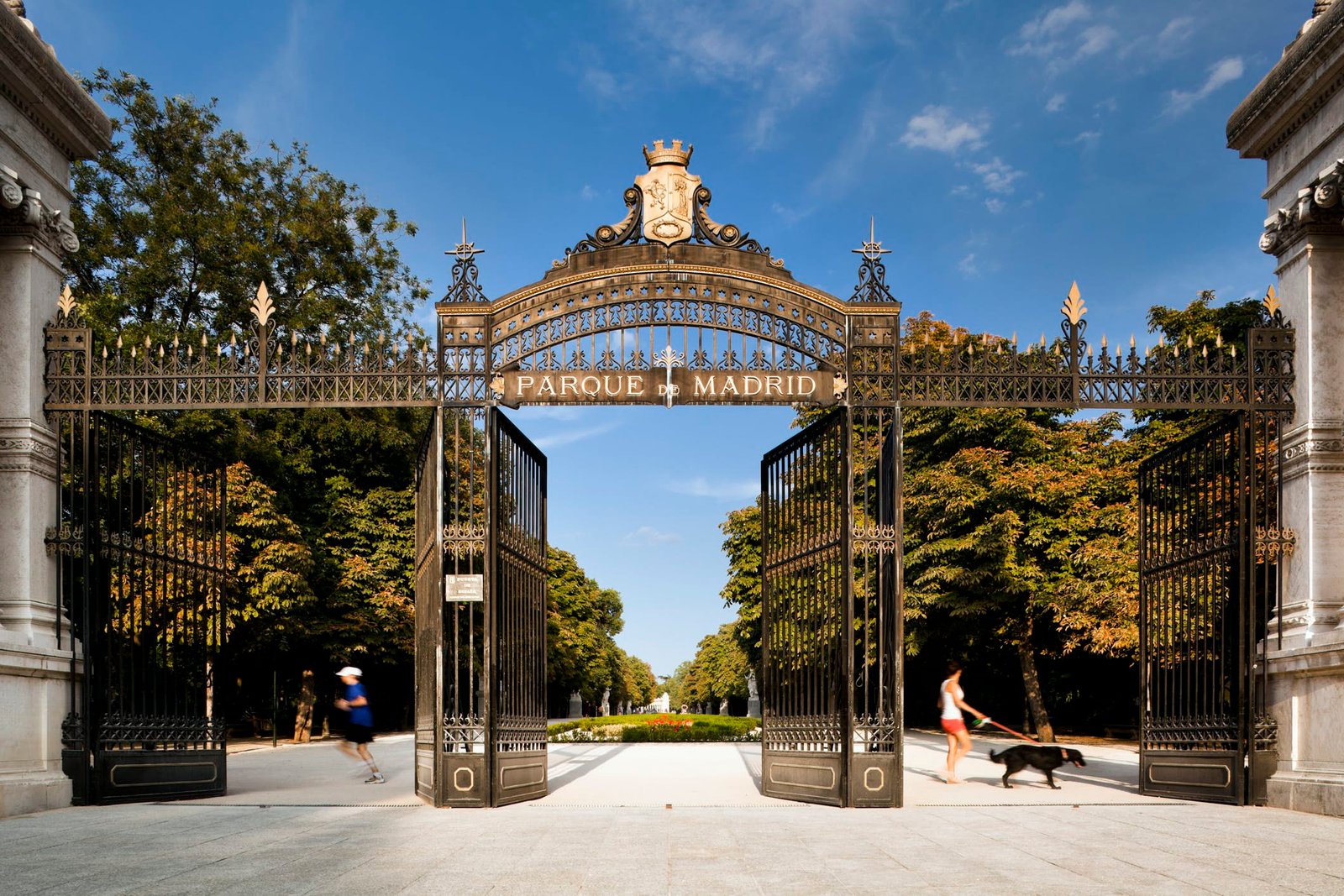Introduction
Crossdressing and drag culture are two forms of gender expression that are often confused, but have distinct characteristics and purposes. Both are rooted in the idea of challenging traditional gender norms and expectations, but serve different functions within the LGBTQ+ community and beyond.
In this article, we will explore the world of crossdressing and drag culture, examining the similarities and differences that distinguish them.
Understanding Crossdressing
Crossdressing is the practice of wearing clothing traditionally associated with the opposite gender. It is a form of self-expression that allows people to explore and challenge social norms and expectations related to gender.
Crossdressers may be cisgender or transgender and may dress the other way for a variety of reasons, including self-expression, comfort or personal exploration.
One of the key differences in crossdressing is that it does not always involve performance or entertainment, as is common in drag culture. Crossdressers often dress up in the privacy of their own homes or in the context of their everyday lives, without an audience.
The Role of Drag Culture
Drag culture, on the other hand, is characterised by theatrical and performance elements. Drag queens and drag kings are people who use clothing, make-up and props to create exaggerated and theatrical characters.
These characters may embody elements of the opposite gender or completely defy conventional gender norms. Drag performers often take the stage in a variety of settings, from bars and clubs to theatres and television shows, where they entertain and inspire.
Performance is at the heart of drag culture. Drag queens and kings use their characters to entertain, make social commentary and create a sense of community within the LGBTQ+ world.
The Visual Element: Make-up and Costumes
Another notable difference between crossdressing and drag culture is the degree of transformation. In drag culture, performers often use elaborate make-up and costumes to create flashy, oversized characters.
Make-up in drag is typically dramatic, with bold colours and exaggerated features, while costumes are often designed to be eye-catching and theatrical.
In contrast, crossdressers can choose a variety of styles, from subtle and discreet to more elaborate transformations, depending on their individual preferences.
Crossdressers' make-up and clothing may be chosen to enhance their sense of style and personal identity, but they are generally not as theatrical as in drag culture.
Purpose and Community
The purpose of crossdressing and drag culture is where we see another significant difference. Crossdressing is primarily an individual or personal form of self-expression, often without an audience.
It is a way for people to explore their own sense of identity and challenge social expectations in relation to gender.
Drag culture, on the other hand, is inherently communal and staged. Drag performers often participate in pageants, shows and competitions, where they showcase their talents and characters to entertain and connect with an audience.
Drag culture has a long history of being part of the LGBTQ+ communities and has served as a platform for social commentary and activism.
Gender Identity and Gender Expression
Both crossdressing and drag culture challenge traditional notions of gender. Both crossdressers and drag performers explore the spectrum of gender expression and identity.
For crossdressers, this exploration is often a private journey, a way to connect with their inner self and understand their relationship to gender.
For drag performers, it is a public performance, a celebration of gender fluidity and a way to break down barriers and provoke reflection.
Some people may participate in both crossdressing and drag culture, finding that each fulfils a unique aspect of their identity and expression.
It is important to recognise that both forms of gender expression are valid and serve different purposes within the LGBTQ+ community and wider society.
Conclusion
In conclusion, although crossdressing and drag culture share common ground in challenging traditional gender norms and expectations, they are distinct forms of self-expression with unique characteristics and purposes.
Crossdressing is primarily a personal exploration of gender identity, often without an audience, while drag culture is a public and theatrical celebration of gender fluidity and theatricality.
It is essential to embrace and celebrate the diversity of gender expression within the LGBTQ+ community and beyond, recognising the value and importance of both crossdressing and drag culture in breaking down the barriers of conventional gender expectations.



